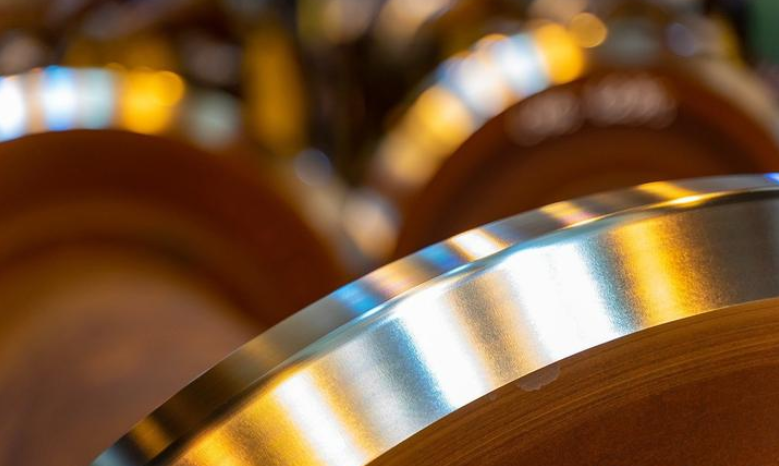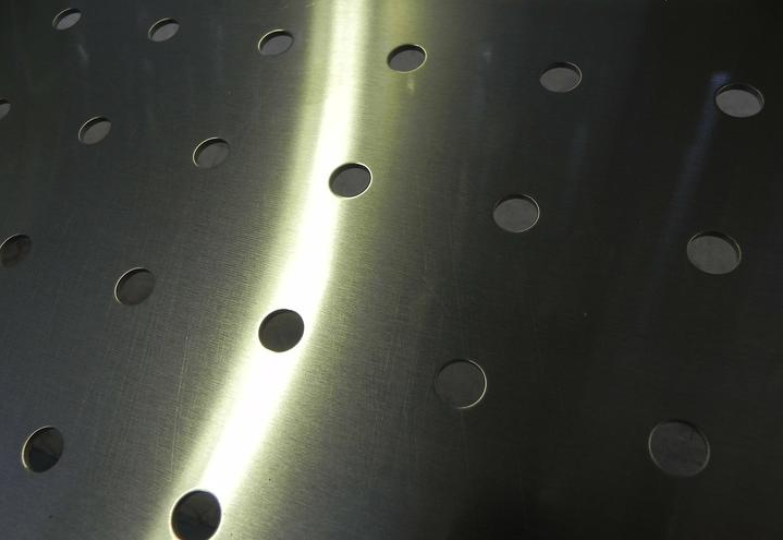Resources
What should I do when a mold breaks?
Release time:2023-11-15
What should I do when a mold breaks?
1. Surfacing repair method surfacing repair method using low-temperature argon arc welding, electrode arc welding and other methods in the need for parts of the surfacing, and then corrected, mainly used to repair local damage or need to make up for the lack of places. When using electrode arc welding, should be welded around the part of the overall preheating (40 ~ 80 ℃) and localized preheating (100 ~ 200 ℃), in order to prevent the welding of the local become a high-temperature zone and prone to cracks and deformation and other defects. In addition, in order to improve the weldability of the weld in the surfacing of the best before the surfacing of the surfacing of about 5mm deep pit or drilling with a center drill, etc., but also to prevent the operation of the sparks spattered to other parts of the cavity surface, in particular, to prevent it from welding in the emergence of new damage.

2. Insert repair method insert repair method is the use of milling machines or wire cutting and other processing will need to be repaired part of the processing into a pit or through-hole, and then embedded with an insert pit or through-hole, to achieve the purpose of repair. This method is not only applied in the mold repair, more in the mold design due to a variety of needs, such as ease of processing, reduce parts costs, and widely used inserts. It is not like welding that will produce deformation, but the inserts will leave traces on the parts. In addition, to mirror polishing or pattern processing, although the pieces with the same material inlay, it is still easy to appear on the surface of different conditions.
3. Expand the hole repair method when a variety of rod with the hole due to sliding and wear, you can expand the diameter of the hole, so that with the corresponding large diameter of the rod with.
4. chisel twist repair method when the mold surface local shallow and small scars, you can use a small hammer and burin away from the cavity parts of 2 ~ 3mm at the chisel twist, so that a part of the cavity surface due to deformation and increase, and then through the repair of light to achieve the purpose of repair.

5. Genesis repair method when the cavity surface of the local due to processing errors or other reasons for damage, the use of welding, inserts or chisel twist repair is not appropriate in the case, you can use the growth of the repair method. Part of the cavity from the 3 ~ 5mm to drill a hole and then insert the pin into the hole, in the heating at the same time, using a hammer to hit the pin, so that its local proliferation, long enough material, and then trimmed to meet the requirements of the repair. Using this method should pay attention to the amount of proliferation and knocking force should not be too large, otherwise it is easy to produce cracks. Inserted into the hole of the pin should be welded or fixed with screws.
6. electroplating repair method plating in the mold is mainly used to improve the surface brightness, increase the brightness and corrosion resistance and other requirements of the cavity and core parts. Electroplating as a method of mold repair, only applies in order to make the overall component wall thickness appropriate to the occasion, this is due to the cavity or core through the plating, the surface growth of a thin plating layer, which can achieve the purpose of reducing the wall thickness of the component. There are many ways to get the plating layer, which are mainly used in molds, such as chromium plating and chemical nickel plating.

Chromium plating is divided into two types: decorative chromium plating and hard chromium plating for aesthetics and luster. Decorative chrome is generally plated on the steel surface first with copper (layer thickness of about 20 μm), nickel (layer thickness of 10 μm), and then chromium plated (about 0.5 μm). Hard chrome plating is generally not primed, the thickness of the plating layer can be 5 ~ 80 μm. the thickness of the plating layer in the injection mold is often 100 ~ 125 μm, the hardness of the plating layer can be more than 60HRC. Chemical nickel plating is a kind of chemical plating method without the use of electricity, but the workpiece is impregnated in the metal solution for chemical plating, the general thickness of the plating layer is 125μm, the error of 10% or less.
If you have mold customization needs,please contact us!

Posts by Topic
Recent Posts
- What do we need to pay attention to the plastic mold machining process and machining procedures?
- What kinds of plastic mold materials?
- What is the process of mold manufacturing?
- What should be paid attention to the polishing of injection molds?
- What is easy to ignore when maintaining and overhauling injection molds?
- What are the 6 systems of plastic molds?
- What are the methods of strengthening the surface of injection molds?
- What are the methods of insulation for injection molds?
- How to solve the problem of injection mold release difficulty?
- How can we increase the brightness of ABS injection molded parts?














